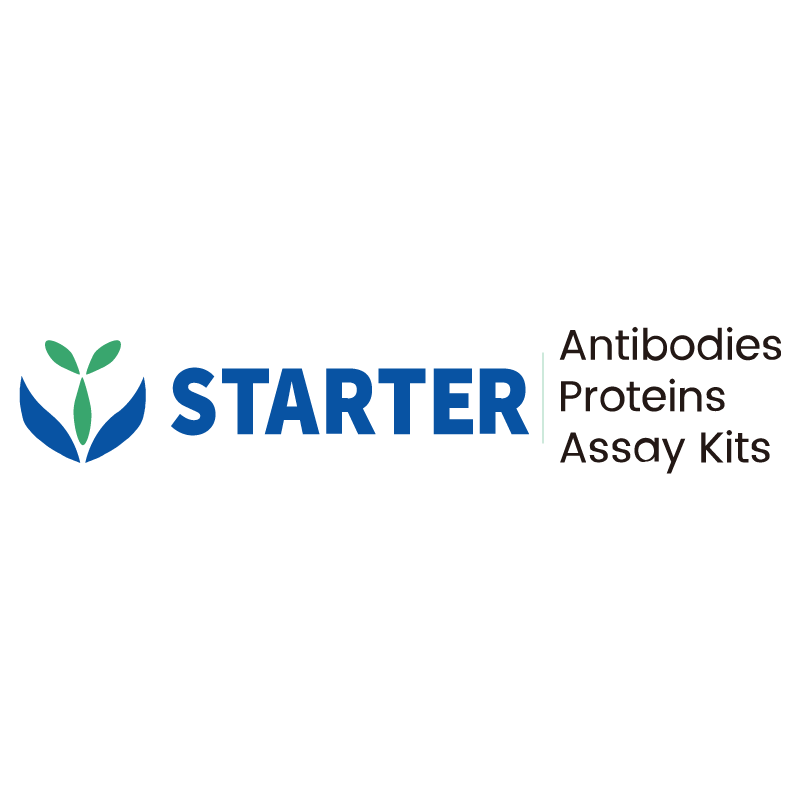Flow cytometric analysis of Human Peripheral Blood cells labelling Human CD272 antibody at 1:200 (1 μg) dilution (Right panel) compared with a Mouse IgG2a, κ Isotype Control (Left panel). Goat Anti-Mouse IgG Alexa Fluor® 488 was used as the secondary antibody. Then cells were stained with CD3 - Brilliant Violet 421™ antibody separately.
Product Details
Product Details
Product Specification
| Host | Mouse |
| Antigen | CD272 |
| Synonyms | B- and T-lymphocyte attenuator; B- and T-lymphocyte-associated protein; BTLA |
| Location | Cell membrane |
| Accession | Q7Z6A9 |
| Clone Number | S-3022 |
| Antibody Type | Mouse mAb |
| Isotype | IgG2a,k |
| Application | FCM |
| Reactivity | Hu |
| Positive Sample | Human Peripheral Blood cells |
| Purification | Protein A |
| Concentration | 2 mg/ml |
| Conjugation | Unconjugated |
| Physical Appearance | Liquid |
| Storage Buffer | PBS pH7.4 |
| Stability & Storage | 12 months from date of receipt / reconstitution, 2 to 8 °C as supplied |
Dilution
| application | dilution | species |
| FCM | 1:200 | Hu |
Background
CD272, also known as B- and T-lymphocyte attenuator (BTLA), is a member of the CD28 immunoglobulin superfamily and functions as a co-inhibitory receptor. It is a transmembrane glycoprotein with structural similarities to PD-1 and CTLA-4, consisting of an extracellular domain, a transmembrane domain, and a cytoplasmic domain that contains motifs crucial for signaling. BTLA is encoded by the BTLA gene and is broadly expressed in various immune organs and cells, including lymph nodes, thymus, spleen, T cells, B cells, dendritic cells, and NKT cells. Its expression fluctuates depending on the developmental stage of the cells. For instance, in T cells, BTLA is stably expressed in naive T cells, increases upon stimulation, and decreases after full activation. BTLA interacts with its ligand, herpes virus entry mediator (HVEM), which belongs to the tumor necrosis factor receptor superfamily. This interaction negatively regulates T cell proliferation and cytokine production through the phosphorylation of immunoreceptor tyrosine-based inhibitory motifs (ITIMs) and the binding of SHP-1/SHP-2. BTLA plays a role in maintaining immune homeostasis and has potential applications in the regulation of immune responses in diseases such as cancer and autoimmune disorders.
Picture
Picture
FC


